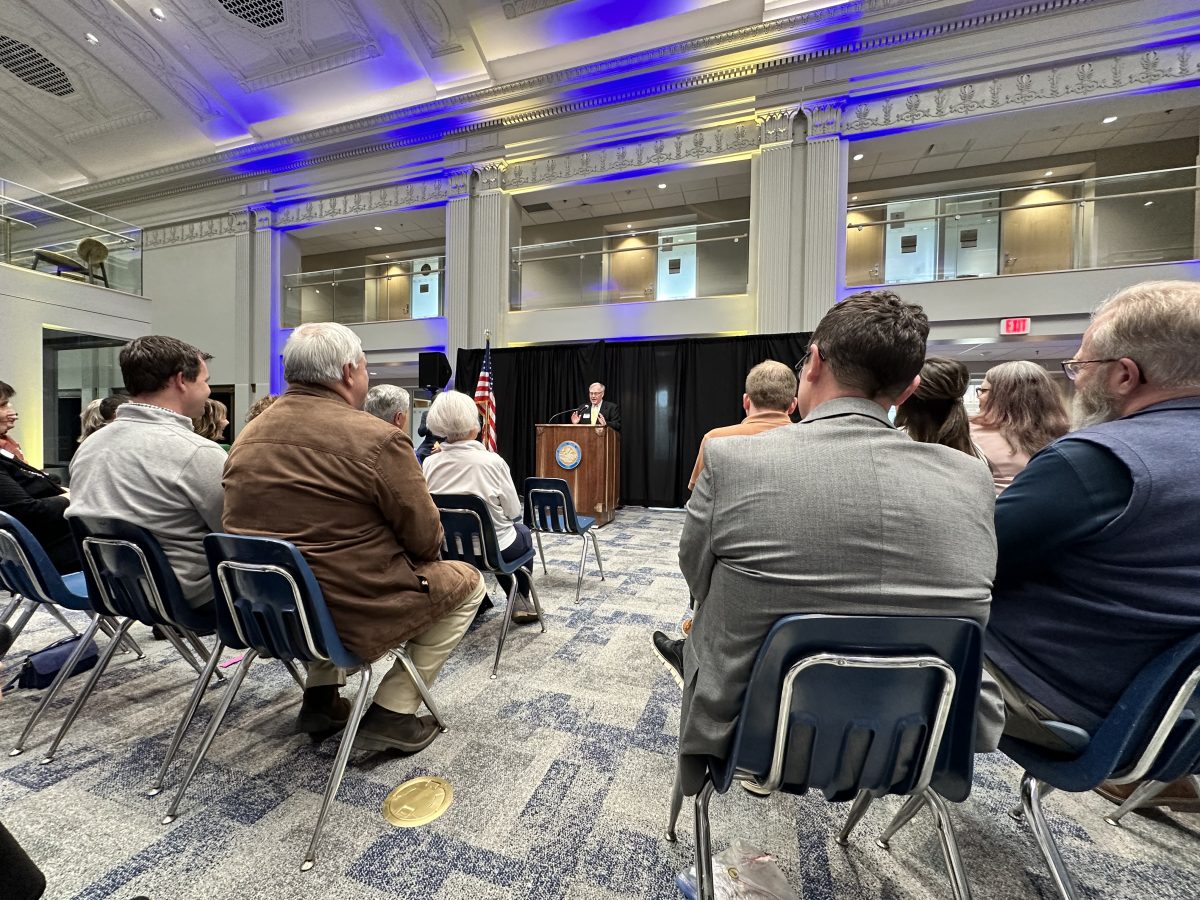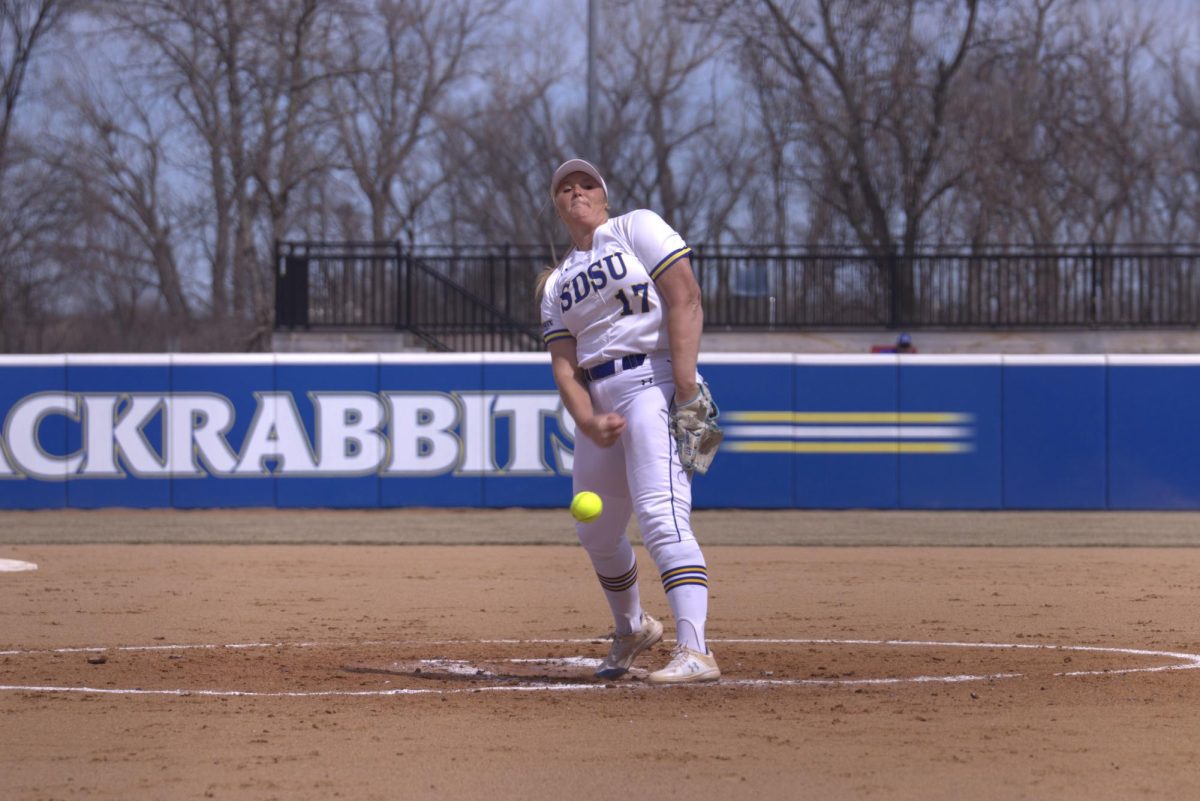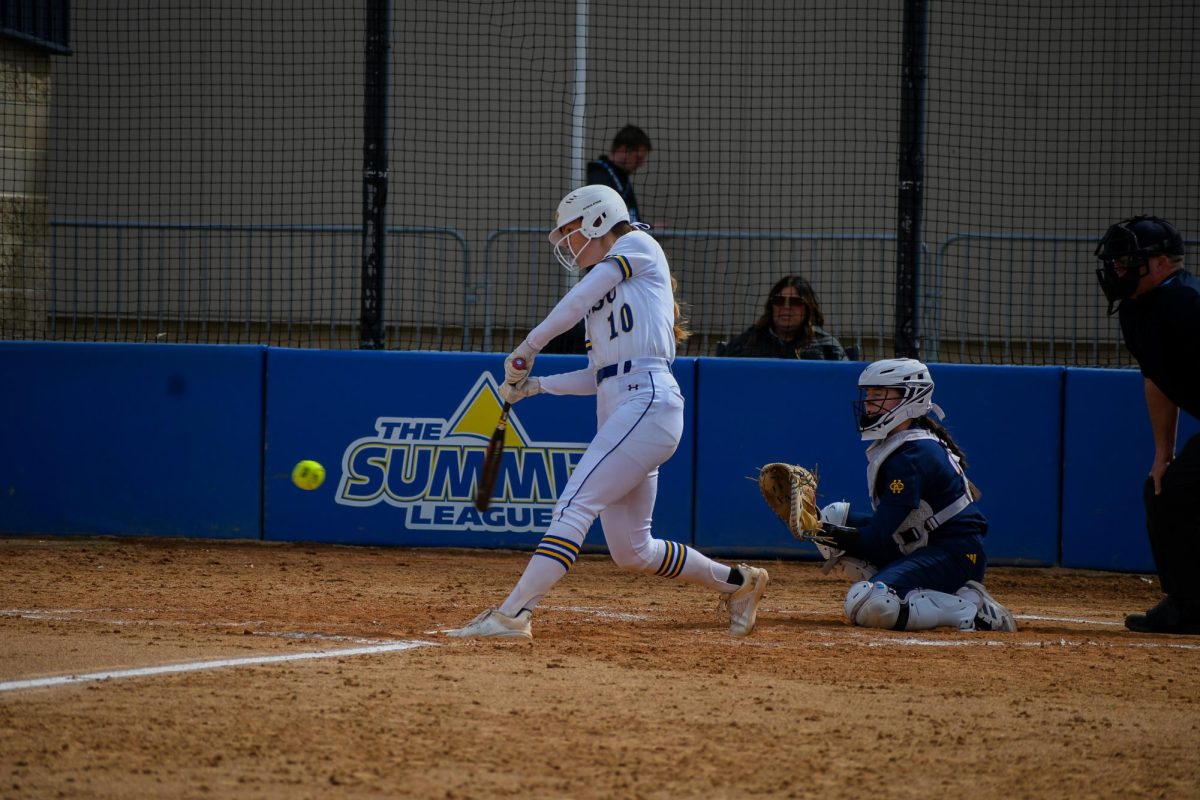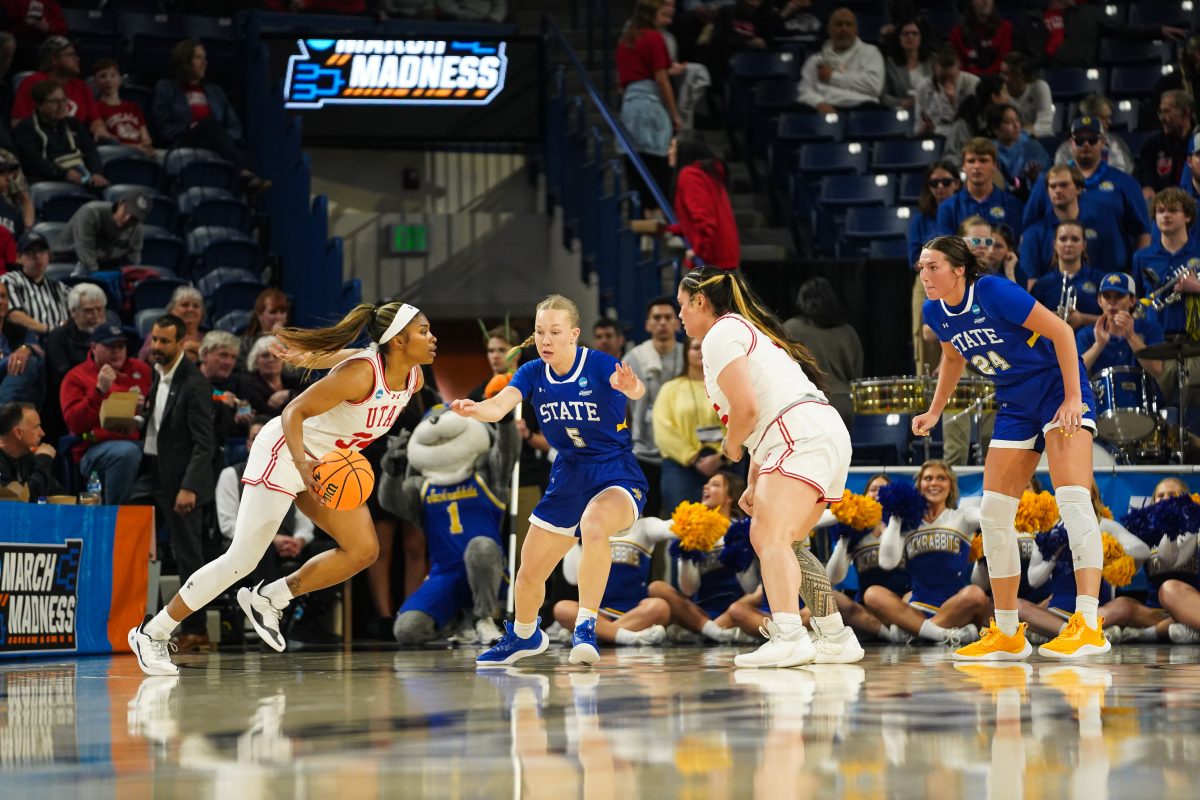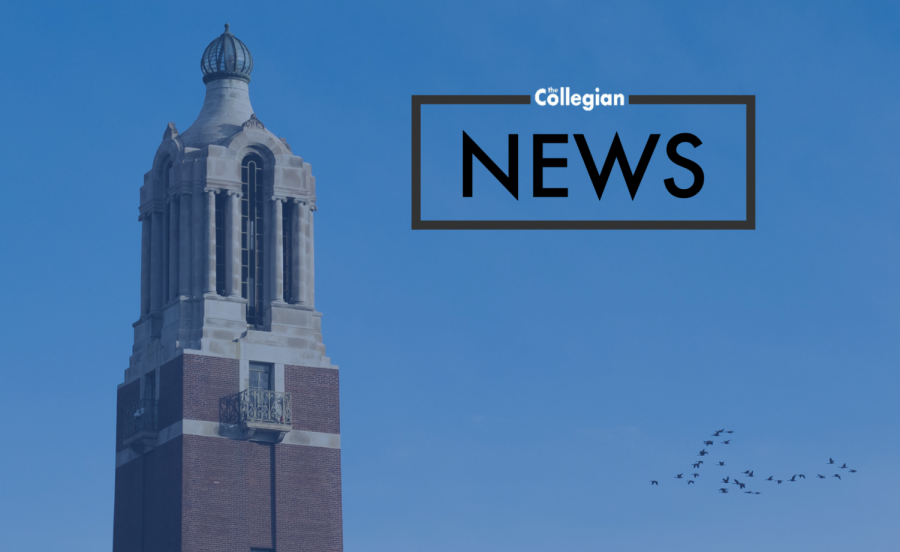Dunn, Rounds optimistic in wake of higher education cuts
April 26, 2017
As South Dakota colleges prepare for a statewide 1.7 percent budget decrease, the first since 2011. The future trends of higher education funding in South Dakota are brought to question on national and state levels.
Surrounding states are also feeling these budget cuts, including North Dakota. North Dakota’s recent higher education cuts reached nearly 25 percent across the board. These budget cuts will add South Dakota to the list.
South Dakota State alone will experience cuts amounting to more than 2 percent of total state-fundings, or $1,027,513. $693,620 of the cuts will be reinstated in Fiscal Year 2018, but $333,893 will be permanent.
These cuts are due to unexpected decreases in state revenue; namely, state sales taxes have been lower than anticipated.
The base cuts, which are more detrimental to a budget, typically require a university to cut an ongoing cost, such as a program or a faculty position. According to President Barry Dunn, the cuts are unfortunate, but not alarming.
“For a university this big, it’s not that bad,” Dunn said. “Somebody retires and you don’t fill their position … $300,000 would be the equivalent of three faculty members, so that’s significant.”
The other side of the story, the temporary cuts, are mid-year reductions put into effect immediately and don’t occur often, said Janelle Toman, South Dakota Board of Regents director of communications.
“[Mid-year cuts] are pretty hard because you don’t want to cut staff, or programs that are already underway … it’s easier to make cuts for the next fiscal year,” Toman said.
State schools will be absorbing some of these cuts through utility adjustments, according to Toman. These cuts in particular, she noted, were made across all agencies funded by the state, not just higher education.
“That was an easy cut for the legislature to make because utility costs right now are running a little bit below from what has been budgeted the last two years,” Toman said.
Prior to these cuts, however, South Dakota has seen 30 percent total budget increases across the last five fiscal years since 2011, the tail end of the last national recession. According to South Dakota Sen. Mike Rounds, these cuts are not an indication of higher education desertion.
“If you look at the results, I would say yes, the state of South Dakota has made it (higher education) a priority and they have done it successfully,” Rounds said. “If you look at how we compare to the other states with regard to the quality of the education we deliver and the cost of it, I think we rank very well.”
Budget cuts are expected when state revenue isn’t thriving, according to Dunn. Aside from a decrease in state sales tax, he believes the South Dakota economy is too narrow, and relies too heavily on agriculture export.
This, in turn, can radically affect budget cuts — and it has. Net farm income has decreased 50 percent over the last four years, which Rounds believes is the key reason South Dakota has declining sales tax revenue.
“The more our economy diversifies, the stronger it’ll be and those wild swings that we’re seeing in commodity prices will have less of an effect on higher education,” Dunn said.
Also, from a big picture viewpoint, Rounds believes retaining young people in the state to grow businesses is a key challenge South Dakota has been facing. Since higher education is “one of the three priorities” states have, he believes government should help make education more affordable to students.
“Currently, I do not like the system at the federal level of financing higher education, I think students are getting taken to the cleaners,” Rounds said.
Student tuition, which covers a majority of SDSU’s operational costs (60 percent), is something SDSU strives to maintain. According to Dunn, evidence suggests that there could be more domestic students on campus next fall, which could potentially counteract the base funding cuts.
However, the current political standstill with international students could potentially cause disorder to the university’s budget. Dunn said a decrease in international student enrollment would cause “an awful lot of concern” at SDSU.
As this political situation develops, Dunn remains optimistic things will get “better from the federal government.”
Similarly, Rounds believes South Dakota will remain buoyant with sales taxes and in the agriculture market.

